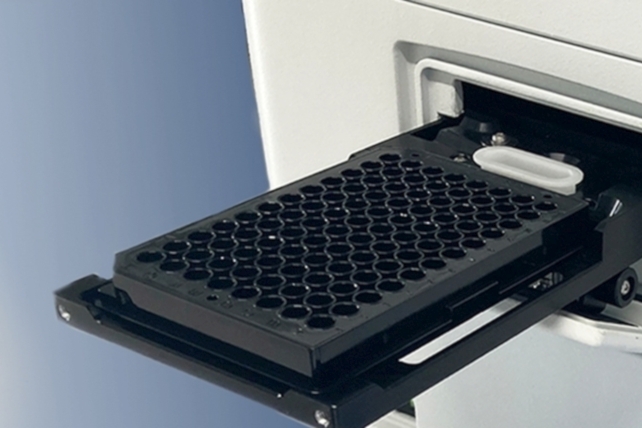The rFC test for the quantitative endotoxin determination has become effective as a new general chapter 2.6.32 in the European Pharmacopoeia since January 1, 2021 and thus represents an alternative method to the classic Limulus amebocyte lysate (LAL) test. As of now, BioChem Labor für biologische und chemische Analytik GmbH also offers the endotoxin determination by means of the rFC test.
Your advantages:
- standardised quality of the assay due to recombinant production of the key enzyme
- high specificity: no false positive results due to ß-glucans
- high sensitivity in the range of 0.005 EU/mL – 50 EU/mL
- successful internal method suitability test
- product-specific suitability test according to customer requirements
The test is suitable for the detection of bacterial endotoxins i. a. in sterile preparations used for injection or infusion (e.g. water for injection/WFI), in-process controls, for research purposes or for testing of medical devices.
With the introduction of the rFC test in our portfolio, we contribute significantly to the protection of the endangered horseshoe crab, from whose blood the lysate for the LAL test is obtained, and our customers can use an innovative and resource-saving technology.
Download our flyers on the rFC test as PDF file
.
Background information on the rFC test:
The in vitro Limulus Amebocyte Lysate Test (LAL test) is currently the gold standard for determining bacterial endotoxins. In this test, the binding of an endotoxin to the zymogenic factor C triggers a blood coagulation cascade that enables a dose-dependent endotoxin detection. However, the LAL test is susceptible to false positive results due to a possible non-specific activation of the enzyme cascade by β-glucans (binding to factor G). In addition, the method raises ethical and ecological concerns due to the exploitation of the endangered horseshoe crabs, whose haemolymph is required for the test.
A recognized alternative to the LAL test is the rFC test. The test system consists merely of the recombinantly produced factor C (rFC), which is the key enzyme in the detection of endotoxins. The rFC is activated by the binding of endotoxins and directly cleaves a fluorogenic substrate. The emitted fluorescence can be detected in RFU (relative fluorescence units) which enables quantitative endotoxin determination. Due to the absence of other enzymes of the coagulation cascade in the test system, undesired non-specific reactions can be avoided. Additionally, the recombinant production of the key enzyme also allows a very high standardisation of the method.
Contact the experts of our molecular biological department
The experts in our molecular biological department will be pleased to provide you with advice and support in planning and carrying out molecular biological tests for your products or projects. We will be pleased to prepare an offer tailored to your current issues.
Please use our contact form for your enquiry.

